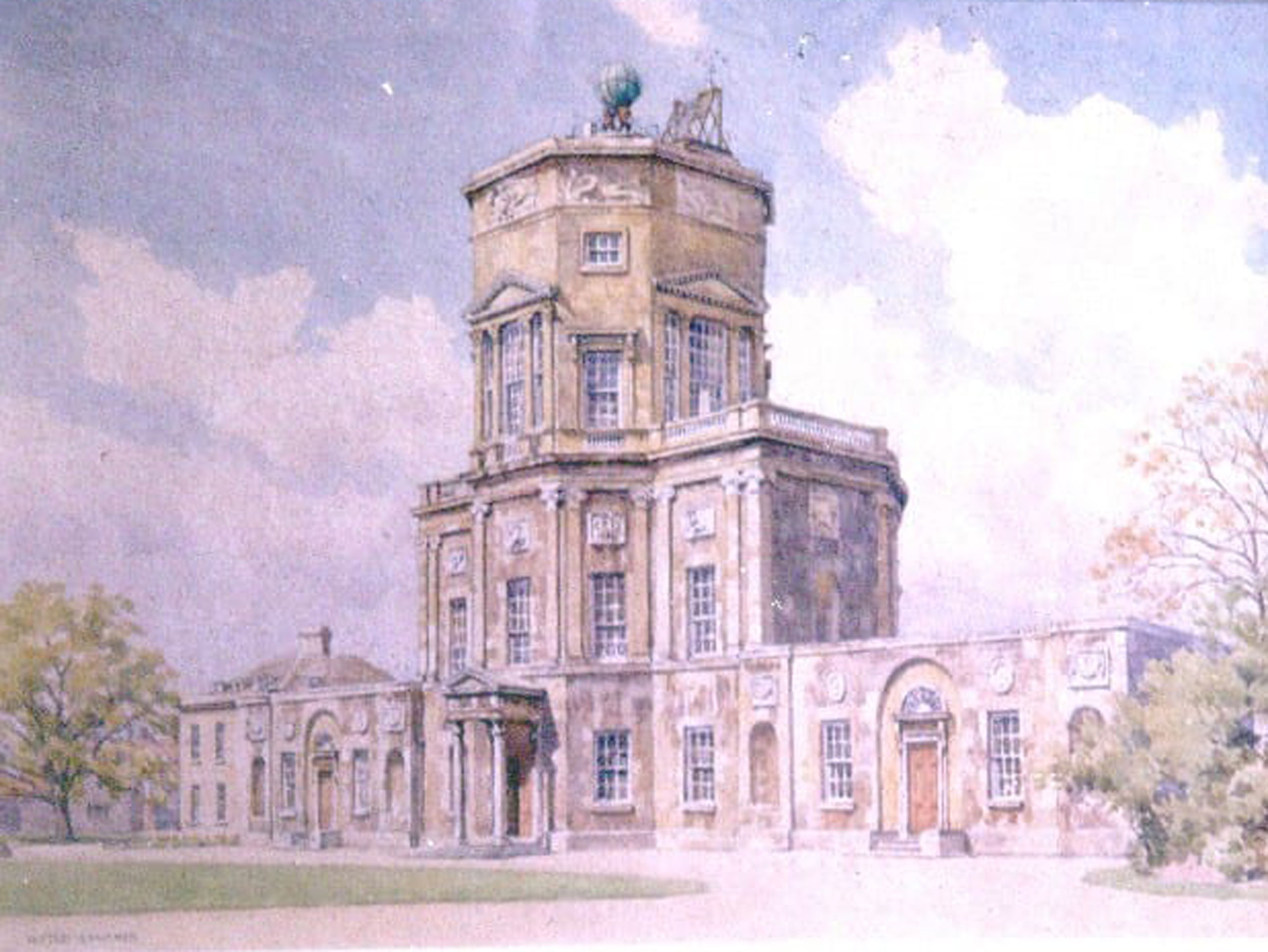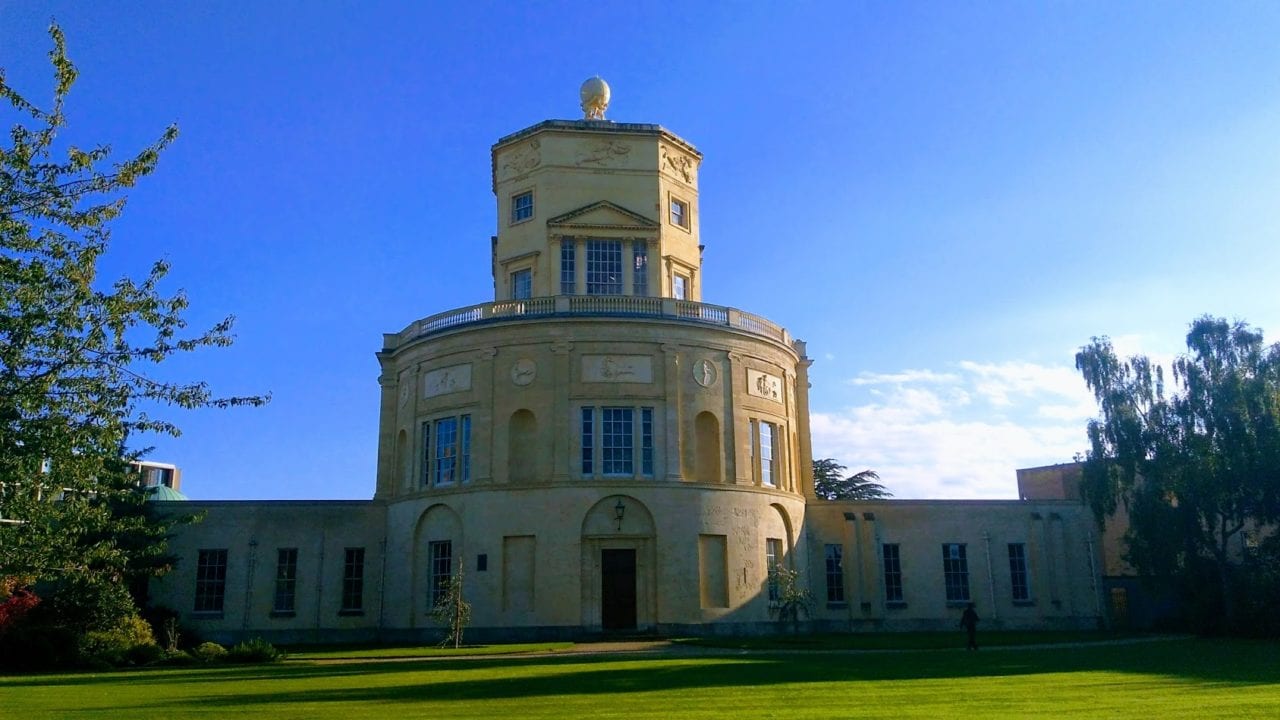History of the Radcliffe Observatory
Overview
It was Thomas Hornsby (1733-1810), the Savilian Professor of Astronomy at the University of Oxford, who first suggested building the Radcliffe Observatory.
In 1768 he petitioned the estate of Dr John Radcliffe (1652-1714) for funds to build an observatory out of the interest on the property that had been left to the University by Radcliffe in 1714.
Radcliffe’s estate had already financed a new quadrangle for his old college (University College) as well as the Radcliffe Library (now the Radcliffe Camera, completed in 1749) and the Radcliffe Infirmary.
On its completion, the Observatory immediately became a centre of scientific knowledge internationally. In addition to making astronomical observations, the Observatory site maintained meticulous meteorological records.
Origins and design of the Radcliffe Observatory
Building began in 1772 to plans by the architect Henry Keene, who had previously worked with Christ Church, University College and Balliol College. The foundation stone for the Observatory was laid in June 1772.
However, there was then a change of architect and the Observatory was completed to a different design by James Wyatt (1746-1813). Wyatt based his design for the top floor on the Tower of the Winds in Athens (built c.50-40 BC), an illustration of which had appeared in Stuart & Revett’s Antiquities of Athens published in 1762.
Wyatt placed his Tower of the Winds above a semi-circular central building with its arc facing north. This central semi-circle provides space for an entrance hall at the foot of the stairwell and for two other side rooms, originally for the Observer and his assistant.

Occupants of the Radcliffe Observatory
The Radcliffe Observatory building functioned as a working observatory from 1773 until the previous owners (the Radcliffe Trustees) decided to sell and to erect a new observatory in Pretoria, South Africa, where the less polluted atmosphere would be suitable for the study of the southern hemisphere.
The purchaser of the Observatory was Lord Nuffield, who presented it to the hospital authorities and, in 1936, established the Nuffield Institute for Medical Research there.
In the 1970s the Institute moved to new premises in the grounds of the John Radcliffe Hospital in Headington and, from 1979, the gates were opened to students of the-then Green College.
How the Radcliffe Observatory is used today
Beneath the Tower itself are rooms at each of three levels: the ground floor is now the college dining room, the first floor, originally the library, is now used as the Common Room, and on the top floor is the magnificent octagonal observing room.
Now bereft of its instruments, the room nevertheless still contains some of the original furniture as well as a spiral staircase which leads to an upper gallery.
From this gallery the Observer had access to the roof (now closed off) where meteorological observations were carried out. Large windows lead from the observing room onto the balcony, making it possible to wheel observing instruments outdoors.


